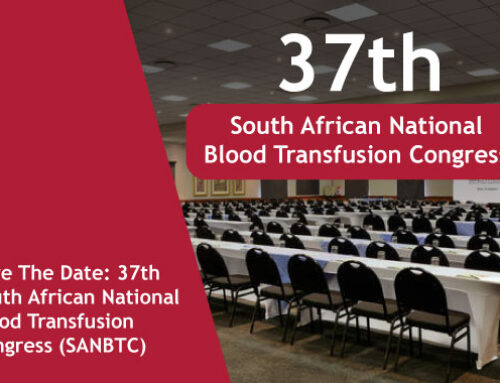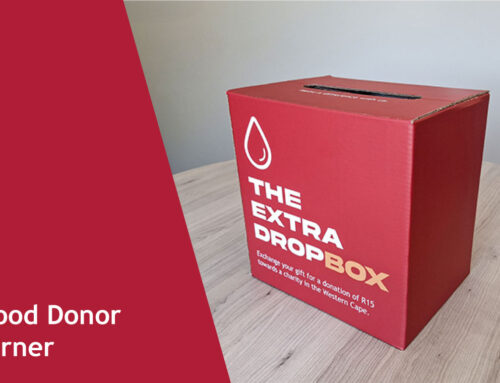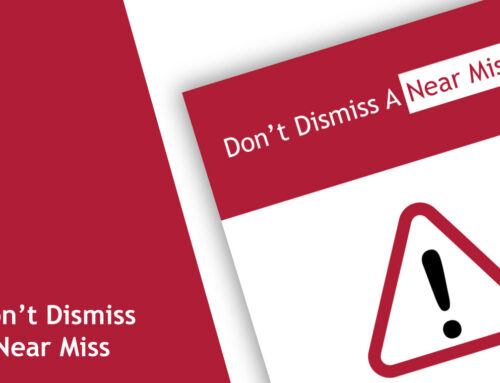We adhere to the “one unit out of the emergency fridge at a time” principle as closely as we can. However, with a dramatically reduced medical intern intake resulting in far fewer doctors on duty (especially at night) and other support staffing pressures, it is proving harmful to patients to not have the blood closer at hand in the obstetric and general theatres. Is it possible for WCBS to place a second emergency blood fridge at the hospital, in the obstetric theatre?
WCBS will assess each individual request for an emergency blood fridge based on the specific needs of the hospital, proximity to a WCBS blood bank, and availability of group O donor blood. The collection of O negative blood is an enormous challenge throughout the world.
The recommended principle is to, in every instance, remove only one unit of emergency blood from the fridge at a time, if immediate transfusion is warranted.
WCBS has discarded a total of 587 units of group O emergency blood due to warm returns and untied units over the past 11 months. The number equals the upkeep of stock for all 102 WCBS emergency blood fridges for one month.
A quick reference for using group O emergency blood is set out below.
In a life-threatening emergency with no time to wait for crossmatched blood, proceed as follows:
- For a Rh+ patient, select O+ emergency blood.
- For a Rh- patient, select O- emergency blood.
- If the Rh status is unknown, perform the Rh Slide test to determine the patients Rh (kits are available in all WCBS emergency blood fridges).
- If the Rh status is unknown and the Rh Slide test cannot be performed, select –
• O+ emergency blood for a male patient.
• O+ emergency blood for a female patient, over child-bearing age.
• O- emergency blood for a female patient, of child-bearing age.
– If the patient has received Rh+ blood, administer Rhesugam®. If Rhesugam® was not administered, counsel the patient regarding risk to future Rh incompatible pregnancy. - Remove only one unit of blood at a time from the emergency fridge.
- Complete the Emergency Blood form immediately with the relevant patient’s information.
- Do not place an untied blood pack in the fridge — return it to your supplying blood bank.
- In times of critical blood shortages, O- emergency blood should be prioritised for transfusion to Rh- women of child-bearing age.
Ideally, use no more than four units of emergency blood during a single transfusion episode. A blood sample for crossmatching should be taken as soon as possible from the patient and sent urgently to the blood bank.
For more information about emergency blood banks, contact Nawaal Gamieldien, Emergency Blood Bank Coordinator (nawaal@wcbs.org.za).





